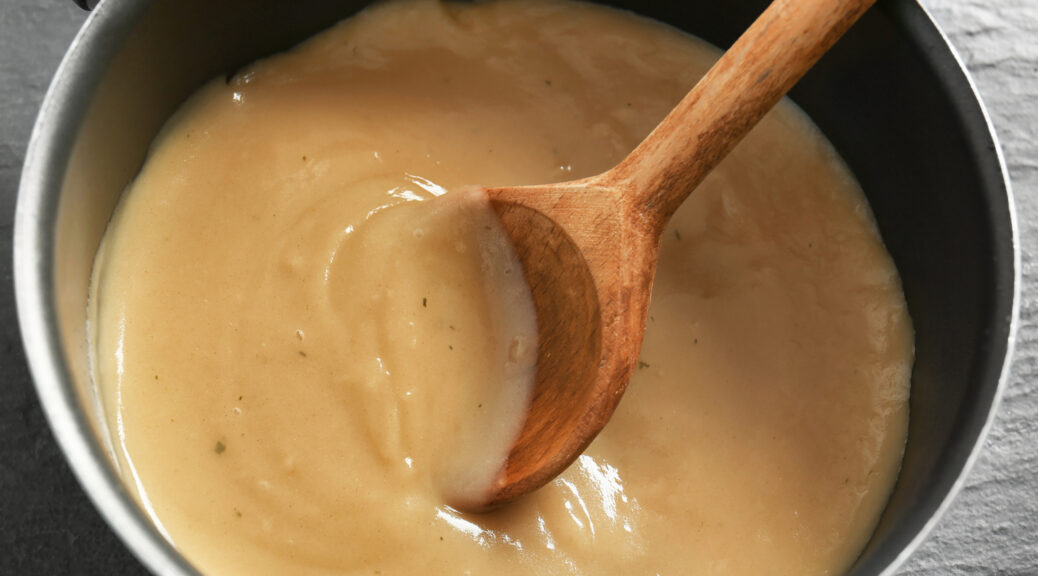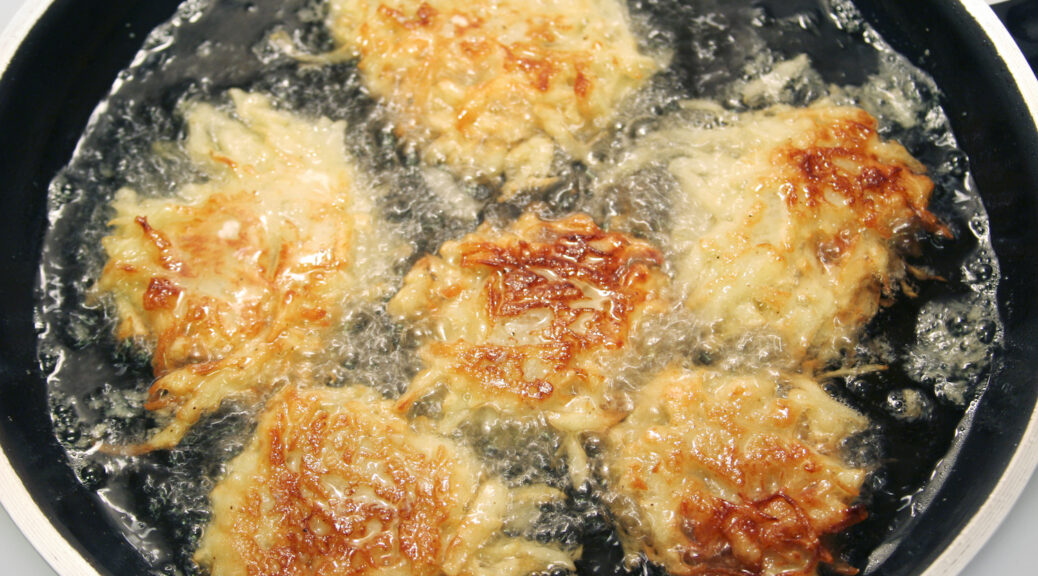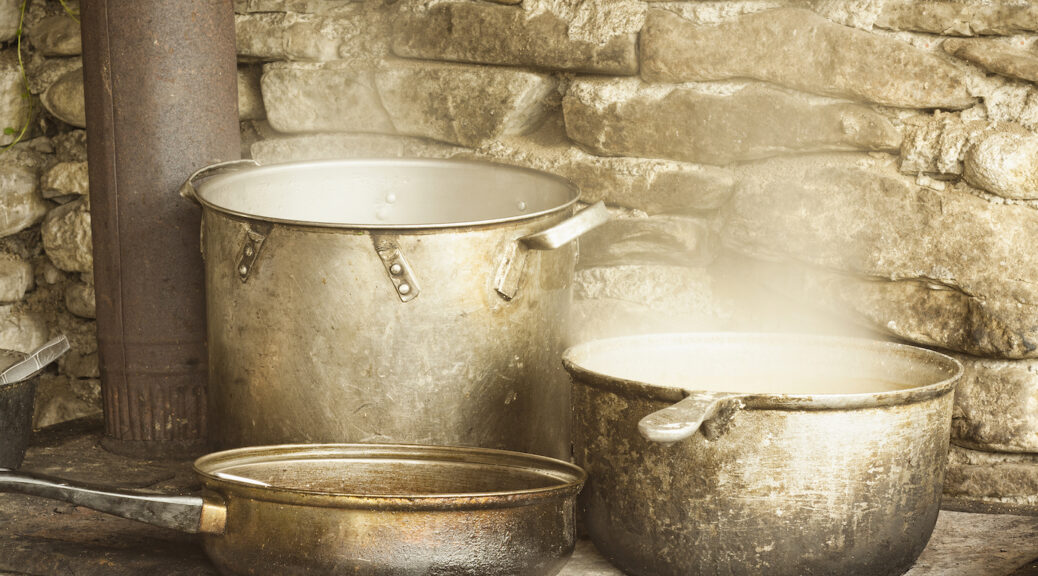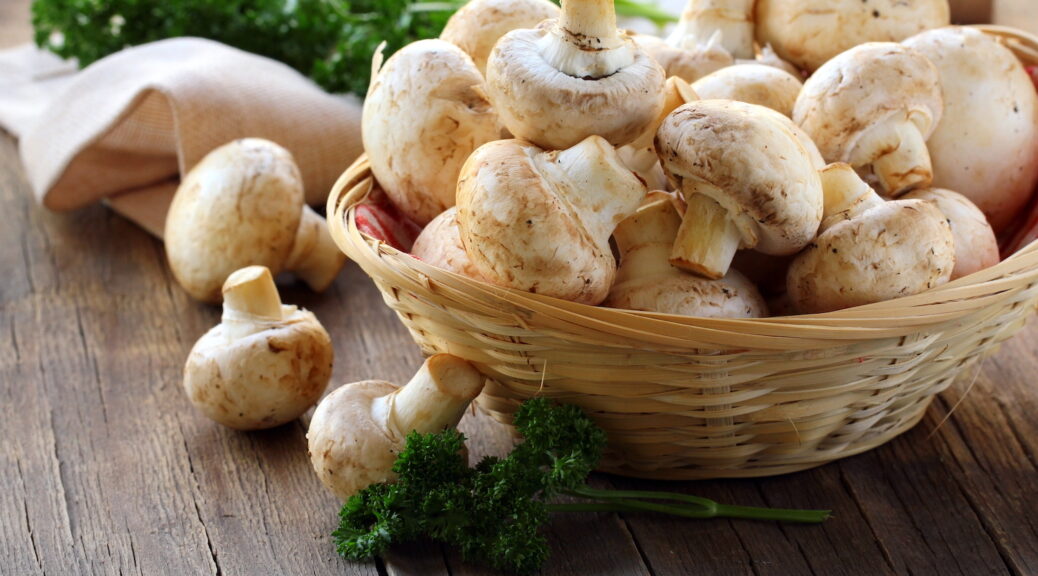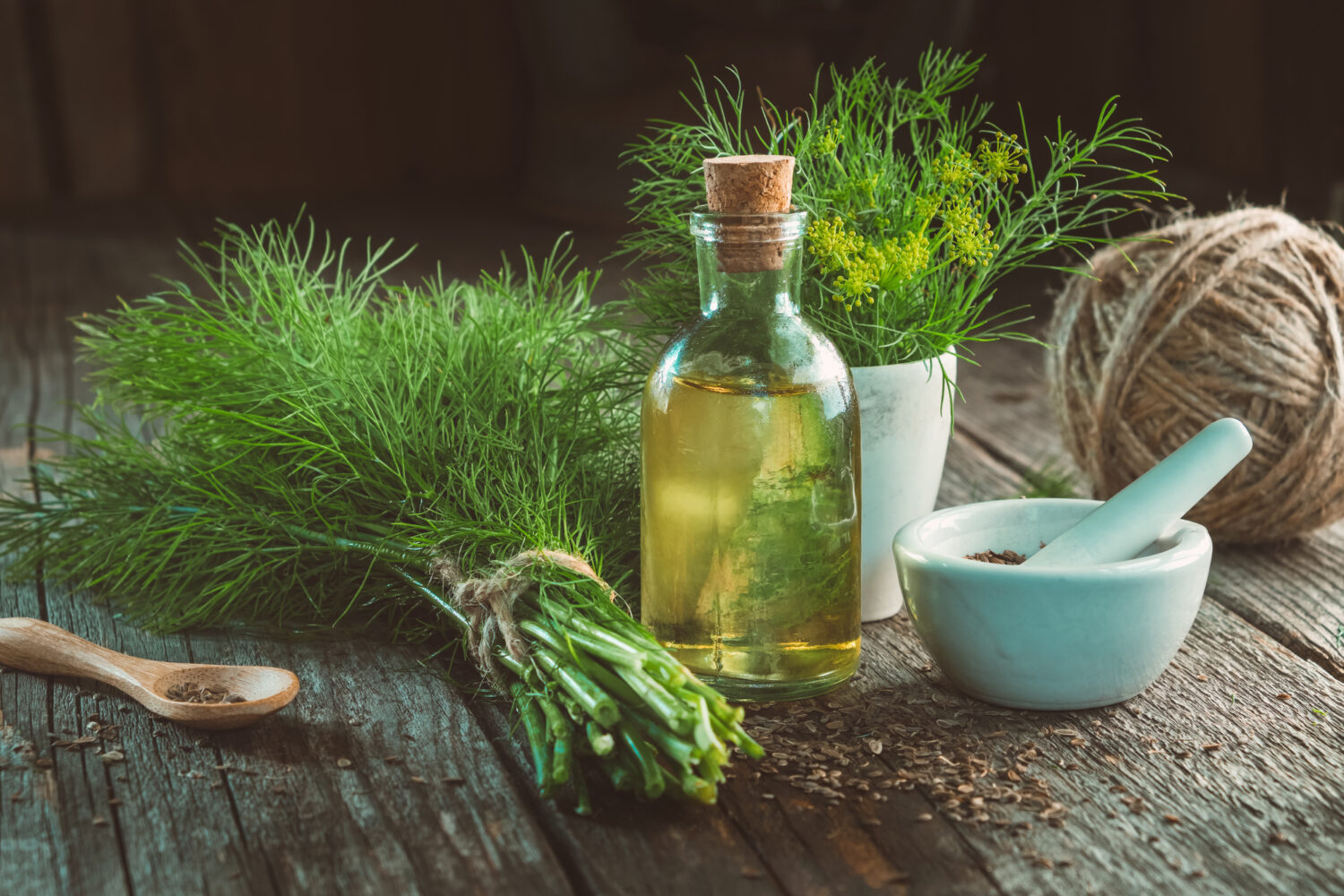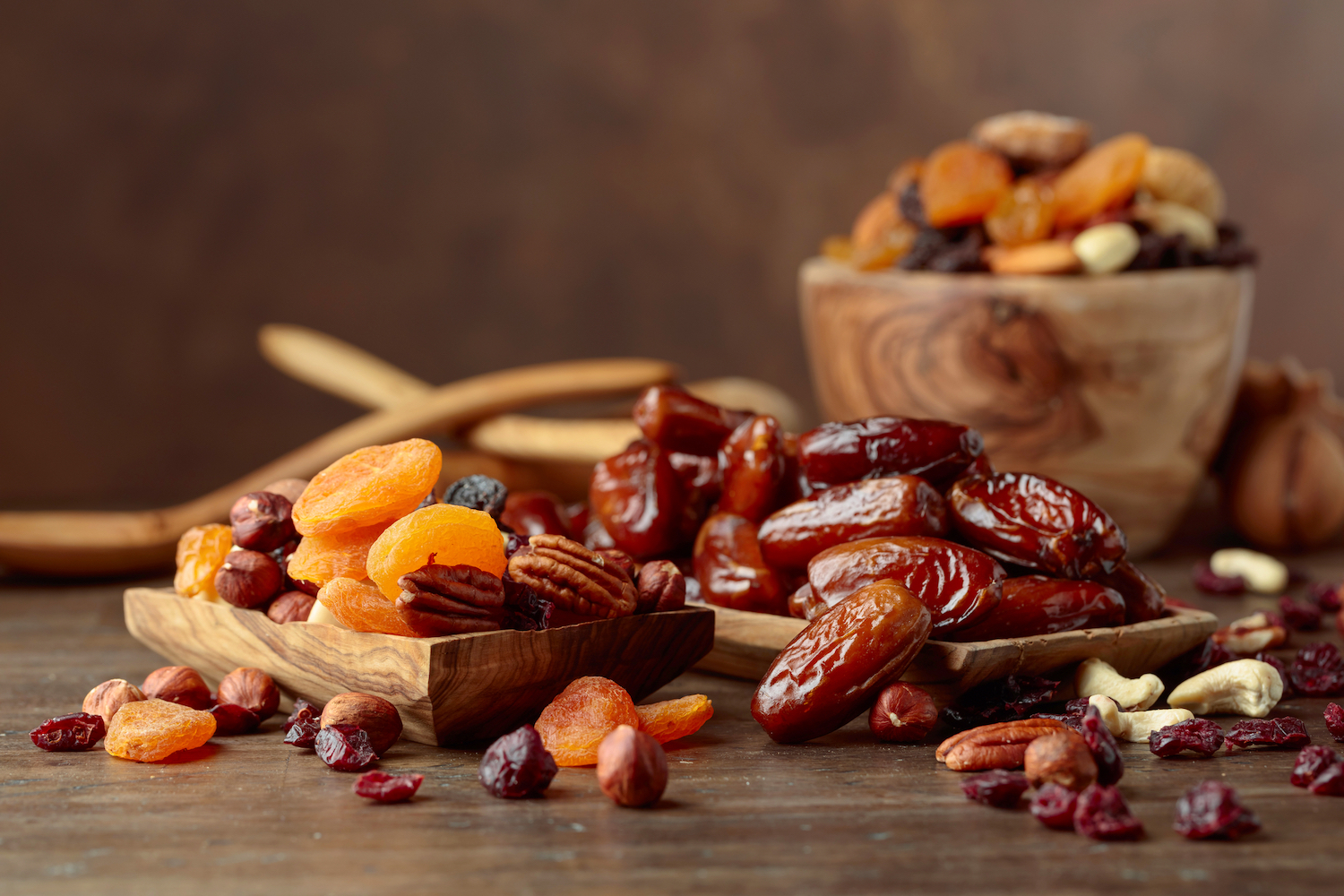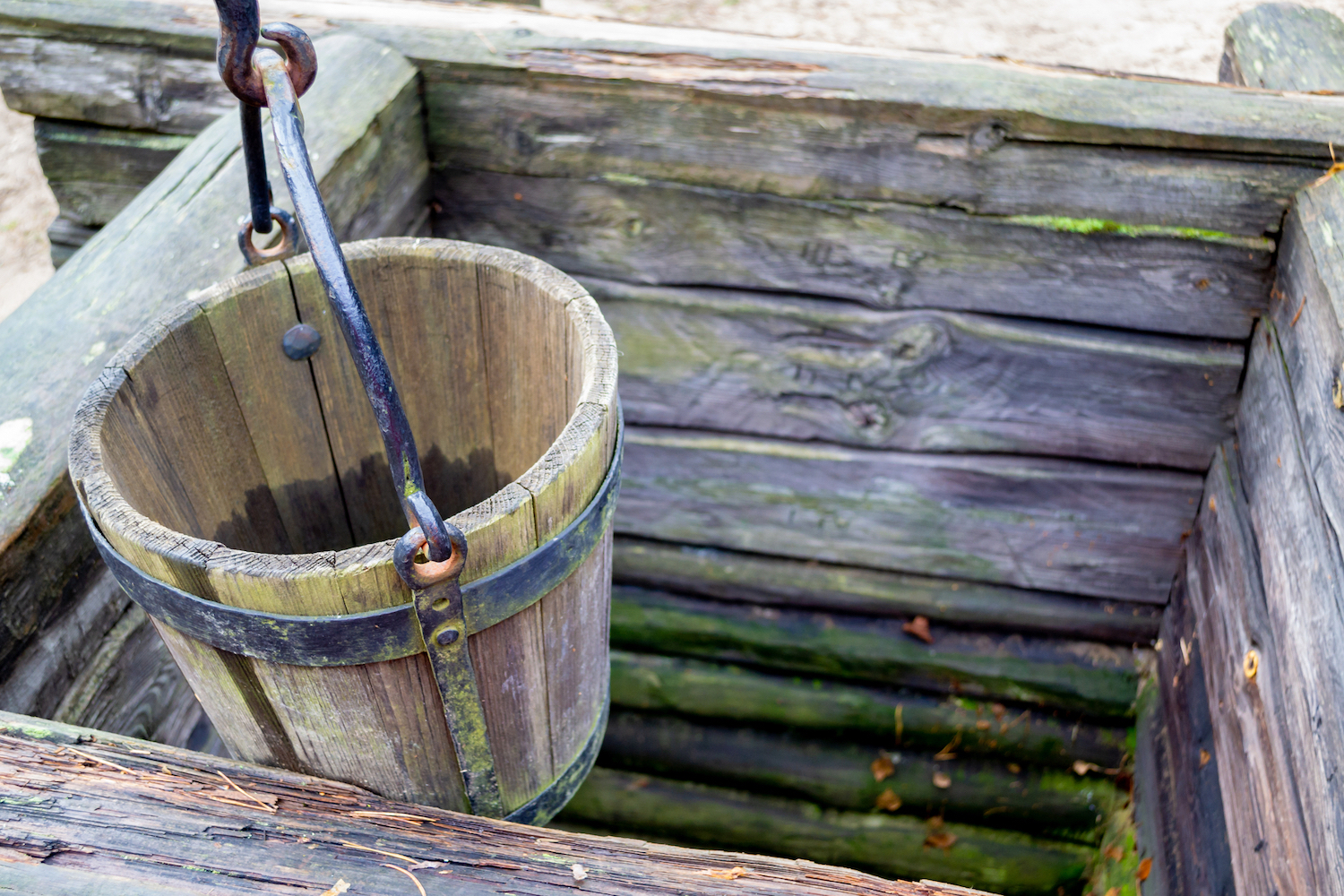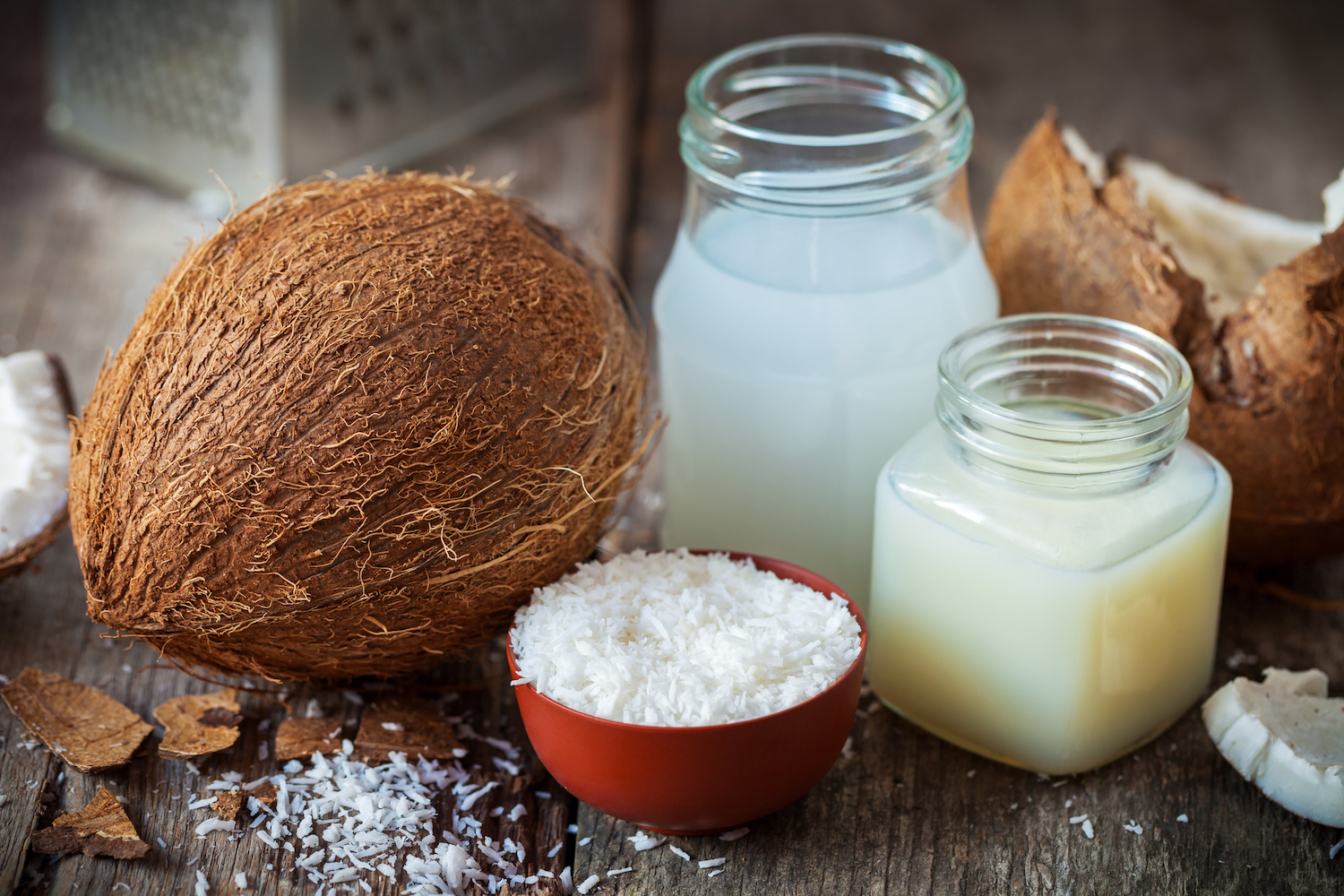Make Homemade Gravy; With Meat or Without
Gravy is traditionally a sauce made from meat drippings and combined with some type of thickening agent. It was especially used in French cooking and became popular in the U.S. in the 1800s. Gravies other than those made from meat include cream or white gravy, mushroom gravy, onion gravy, giblet gravy, vegetable gravy, and more. INFORMATION BELOW FROM 1800s COOKBOOKS MAKING GRAVIESNever toss “that carcass” of fowl, or the ham, or mutton-bone, “with next to nothing upon it,” to the…
